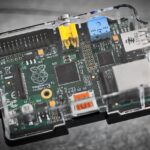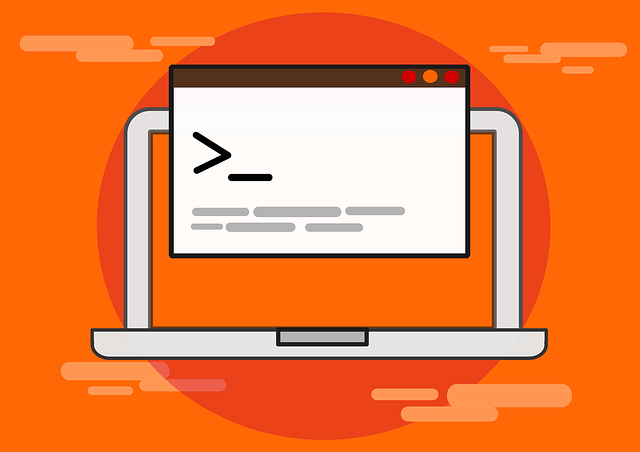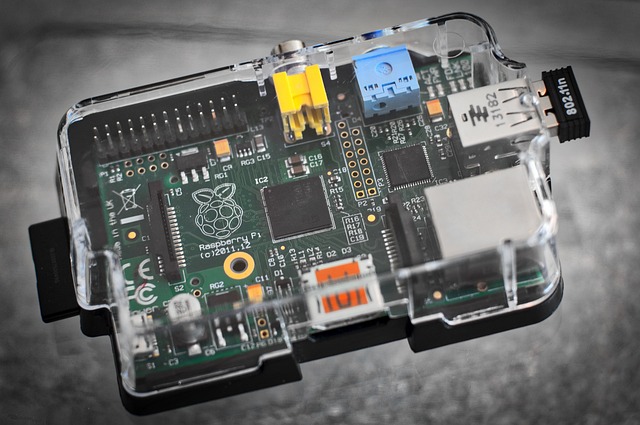The Linux for Non-Profits initiative enhances operational efficiency for non-profit organizations by allowing them to customize their Linux boot process to fit unique needs and resource constraints. This tailoring ensures that critical services and applications are readily available upon system startup, which not only improves user efficiency but also conserves hardware resources and maintenance costs by avoiding unnecessary software loading. The initiative leverages GRUB's advanced configuration options for targeted security measures, a critical aspect for protecting against vulnerabilities in diverse operational environments. Linux's robustness and adaptability make it an ideal platform for non-profits, providing a secure and performance-optimized environment from boot up. Customizing GRUB configurations with specific entries, kernel images, and themes that align with the organization's identity further streamlines system startups and enhances overall productivity. This guide is designed to help non-profit organizations take full advantage of Linux for Non-Profits, emphasizing its potential to offer tailored, cost-effective solutions in a non-profit context. By optimizing kernel parameters, initiating only essential services, and conserving resources, Linux empowers these groups to maximize their operational potential within the constraints of limited financial resources. This approach ensures that all system resources are allocated efficiently, which is essential for non-profits to achieve their missions effectively.
linux for non-profits can significantly enhance operational efficiency, particularly through customizable boot processes. This article explores the flexibility inherent in Linux systems, offering tailored startup configurations that cater specifically to the needs of non-profit organizations. By delving into Grub configuration and leveraging kernel parameters alongside Init systems, these entities can streamline their technological infrastructure for optimal performance and resource allocation. Unlock the potential of a boot process fine-tuned for your mission-driven goals with our comprehensive guide.
- Unleashing Flexibility in Linux Boot Process for Enhanced Efficiency in Non-Profit Organizations
- Customizing Grub Configuration for Non-Profit Environments: A Step-by-Step Guide
- Leveraging Kernel Parameters and Init Systems for Tailored Startups in Charitable Sectors
Unleashing Flexibility in Linux Boot Process for Enhanced Efficiency in Non-Profit Organizations

Customizing the boot process of Linux systems can significantly enhance the operational efficiency of non-profit organizations. By tailoring the startup sequence to the specific needs and resources of such entities, Linux for Non-Profits empowers these organizations with a flexible foundation that supports their unique missions. For instance, integrating essential services and applications that are commonly used within the organization can streamline the user experience from the moment the system powers on. This personalized boot process not only accelerates access to critical tools but also conserves valuable resources by loading only the necessary components, thus optimizing system performance and reducing costs associated with hardware and maintenance.
Furthermore, leveraging Linux’s robust configuration options during the boot process allows non-profit organizations to implement security measures tailored to their operational environment. The ability to disable or enable certain services and modules can safeguard against potential vulnerabilities that might be exploited by malicious actors. This level of control ensures that the systems are prepared for a wide array of tasks from the outset, whether it’s data analysis, communication, or collaboration, all without compromising on security or performance. The flexibility inherent in Linux’s boot process is a testament to its adaptability and suitability for organizations with diverse needs, making Linux for Non-Profits an invaluable resource in their technological toolkit.
Customizing Grub Configuration for Non-Profit Environments: A Step-by-Step Guide

Linus Torvalds’ creation, Linux, has long been a staple in non-profit organizations due to its robustness and flexibility. One key aspect of Linux that can greatly benefit such entities is the customizable boot process managed by GRUB (GRand Unified Bootloader). Customizing the GRUB configuration allows non-profit organizations to tailor their startup experience to suit their specific needs, streamline system boot times, and provide users with direct access to the tools they use most frequently. This guide will walk through the steps necessary to effectively customize the GRUB configuration for Linux in a non-profit environment.
To begin, it’s crucial to understand that customizing the GRUB configuration requires access to the system’s command line, typically through a recovery mode or by using an existing live session with similar configurations. Non-profits should ensure they have backups of their current GRUB setup before making any changes to avoid disruption. The customization process involves editing text files located in the boot directory; specifically, the file `/etc/grub.d` for defining custom entries or modifying existing ones. Using a text editor like Nano or Vim, one can add, remove, or reorder kernel images and initial ramdisk (initrd) settings to optimize the boot process for the non-profit’s most commonly used applications or services. Additionally, configuring GRUB themes can provide a more user-friendly interface that aligns with the organization’s branding. By following these steps carefully, non-profit organizations can achieve a more streamlined and purpose-built boot experience on Linux, enhancing productivity and efficiency.
Leveraging Kernel Parameters and Init Systems for Tailored Startups in Charitable Sectors

Linux’s robust and customizable nature makes it an ideal choice for organizations in the charitable sector, where efficiency and resource management are paramount. By leveraging kernel parameters and init systems, these entities can tailor the boot process to meet their specific needs, ensuring that the system starts with only the necessary components, thereby optimizing performance and reducing unnecessary strain on hardware. This approach not only accelerates the startup time, which is crucial for organizations operating in resource-limited environments, but it also allows for a more secure and streamlined operation from the outset.
The customization of the boot process through Linux parameters can be achieved by experienced system administrators who understand the intricacies of the Linux kernel and init systems like systemd or Upstart. This tailored startup is not just about speed; it’s also about functionality, as it enables non-profit organizations to load only the services and applications that are relevant to their operations, saving memory and processing power for mission-critical tasks. This level of flexibility and control can significantly enhance the operational capacity of non-profits, ensuring that their limited resources are allocated as effectively as possible, which is essential in an environment where every dollar or euro counts.
In conclusion, tailoring the Linux boot process offers significant flexibility for non-profit organizations. By customizing Grub configurations and leveraging kernel parameters alongside Init systems, these entities can streamline their startups to better serve their missions. The ability to adjust the boot process to prioritize critical applications or reduce resource usage allows non-profits to optimize their hardware’s performance and maintain operational efficiency. Embracing Linux for Non-Profits initiatives not only enhances technological adaptability but also underlines a commitment to cost-effective, sustainable operations within the charitable sector. Implementing these strategies can provide a more tailored and efficient computing environment, directly contributing to the vital work these organizations undertake daily.


























